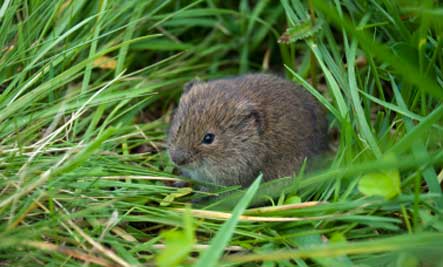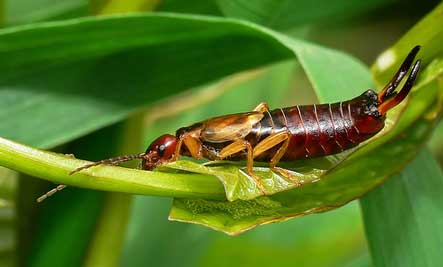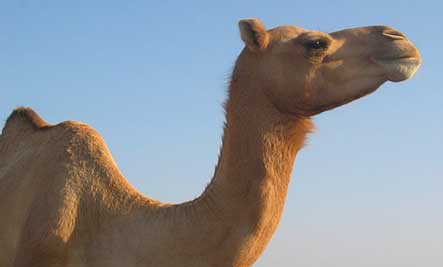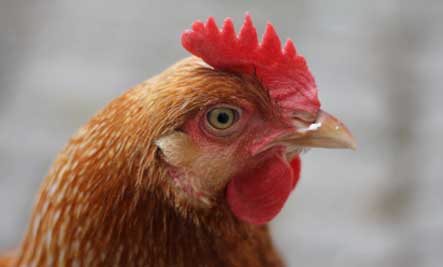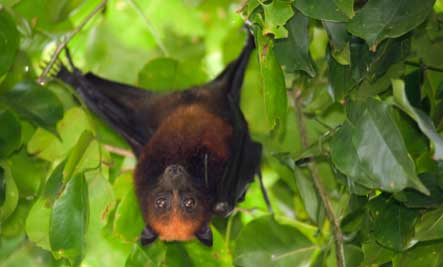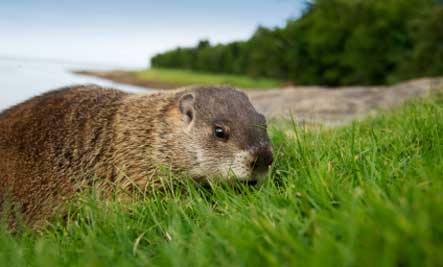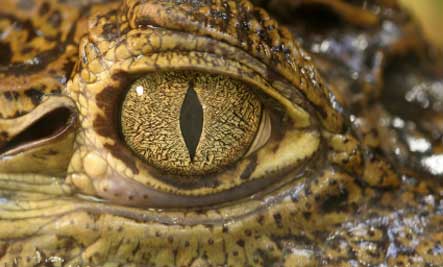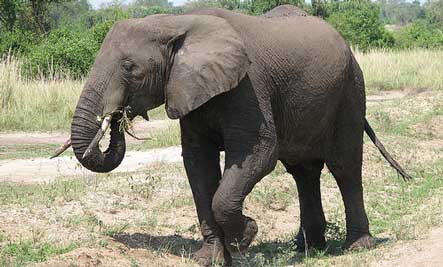Sometimes it is hard to separate fact from fiction, especially with the many myths that involve animals. Their behaviour can certainly be mysterious to say the least, so it is no wonder that some of these creatures have become the focal point of speculation.
Take a peek at these 10 animal myths and discover which ones are actually true and which are merely urban legend.
1. Do Lemmings Commit Suicide?
The lemmings earn the top spot on the myth list because the misconceptions about these critters are both legendary and long-standing, starting back in the 1530s when a geographer proposed that they fell from the skies during storms. These days, the most popular rumour is that lemmings commit mass suicide when they migrate, but the truth is much less dramatic.
Every three or four years, their population drops to near extinction only to skyrocket again, but the ebb and flow is a result of migration in large groups, which can include jumping off cliffs into the water and swimming great distances to the point of exhaustion and even death. The myth was also fueled by the 1958 Academy Award-winning documentary that showed the lemmings leaping to their deaths, but the scene was later busted for being staged.
MYTH VERDICT: FALSE
2. Do Earwigs Live Inside Your Ears?
If the mention of an earwig makes you shudder or think of that horrifying scene from Star Trek II: The Wrath of Khan, rest assured — while earwigs are predisposed to hiding in warm, humid crevices, they are not likely to choose your ear as their new home. Even if one did, it would not get very far — there is a thick bone in your ear canal to block it from burrowing into your ear and laying eggs.
So how did this creepy crawler get its name? Turns out if you stretch one out, it actually looks like an ear … but who has the time for such antics?
MYTH VERDICT: FALSE
3. Do Camels Really Store Water in Their Humps?
A camel can survive seven days without water, but not because they are carrying large reserves inside their humps. They are able to avoid dehydration that would kill most other animals, thanks in large part to oval-shaped red blood cells (vs. the standard circular variety).
As far as that hump goes, it is nothing more than a big mound of fat, though a useful one at that — the lump provides camels with the same amount of energy as three weeks of food. If there is any body part that excels at retaining water, the award goes to the camel’s kidneys and intestines. These organs are so efficient that a camel’s urine comes out thick as syrup and their faeces is so dry, it can fuel fires!
MYTH VERDICT: FALSE
4. Are Hens Teeth Really Rare?
This expression may not be all the rage among the Gen-X, Gen-Y or Gen-2.0 crowd, but there was a time when it was commonly used to describe something very difficult to track down or find. The saying harkens back to long, long ago, as in 150 million years, back when the hen’s ancestor the archaeopteryx was roaming the world. This chicken of the Stone Age came equipped with feathers, claws and a beak full of cone-shaped teeth.
Scientists not only recently discovered that hens still have the DNA necessary to grow a set of chompers, but actually successfully put the theory into practice. So there!
MYTH VERDICT: FALSE
5. You Can’t Teach an Old Dog New Tricks
Just because a dog is approaching its more senior years does not mean it cannot learn a new thing or two. In fact, with approximately 15 minutes of training every day for two weeks straight, even the most stubborn dog can usually learn how to sit, stay, fetch, roll over or whatever your heart desires, regardless of age.
The saying is meant to be taken less literally about dogs and more about people — specifically, the types who have been set in their ways for so long that changing their behaviour would be a hard habit to break.
MYTH VERDICT: FALSE
6. Are Bats Really Blind?
This saying has become a fixture of everyday vernacular and the assumption likely developed because bats primarily use a form of sonar to navigate through dark areas and avoid obstacles.
However, their eyes, while small and sometimes poorly developed, are also completely functional, not to mention the fact that they have excellent hearing and sense of smell. Perhaps the saying should be changed to “Keen as a Bat”?
MYTH VERDICT: FALSE
7. Groundhogs Can Predict the Arrival of Spring
It is the only mammal to have its own day named after it and as legend goes, every Feb. 2, the groundhog emerges from hibernation. If it sees its shadow, six more weeks of winter lie ahead, and if not, spring is on the way!
The most famous groundhog of all is Punxsutawney Phil, named in honour of his hometown in Pennsylvania where he acts as the spokesperson for all groundhogs. So how much stock should you put in his predictions? In reality, groundhogs prepare for six months of hibernation by eating up to one-third of their weight on a daily basis. When they emerge, they actually do respond to changes in light and temperature, two factors that play a part in determining the forecast.
MYTH VERDICT: TRUE
8. March Hares Are Mad
The expression “Mad as a March Hare” may be foreign to many, except for those who spent a lot of time hobnobbing during the 1500s when the saying first came into fashion. Back then, “mad” meant crazy or wild, and this could certainly be used to describe the behaviour that was commonly exhibited by the normally shy and quiet hare during the spring mating season (which in Europe primarily meant the month of March). Their odd conduct included boxing with potential paramours, but contrary to early belief, it was the female throwing the one-two punch.
MYTH VERDICT: TRUE
9. Crocodiles Are Crybabies
Terence Trent D’arby sang about crocodile tears in his hit song “Wishing Well,” but the phrase that implies expressing fake emotion actually comes from an ancient fable that crocodiles weep while both luring and killing their prey.
In reality, crocodiles cannot chew, so they are forced to rip their food into chunks and swallow them whole. As luck would have it, the glands that keep their eyes moist are right near their throats, so their eating habits actually force tears into their eyes.
MYTH VERDICT: TRUE
10. An Elephant Never Forgets
This expression likely stemmed from the fact that the elephant has the biggest brain of all land animals — and apparently, the bigger the mass, the better the memory. Elephants are able to retain a mental map of their entire home range — we are talking an area the size of Sentosa island!
Elephants also travel in packs and when the group gets too big, the eldest daughter breaks off to start her own contingent, yet she never forgets her roots. One researcher witnessed a mother and daughter elephant recognizing each other after 23 years of separation.
MYTH VERDICT: TRUE
Adapted from article on Animal Planet

